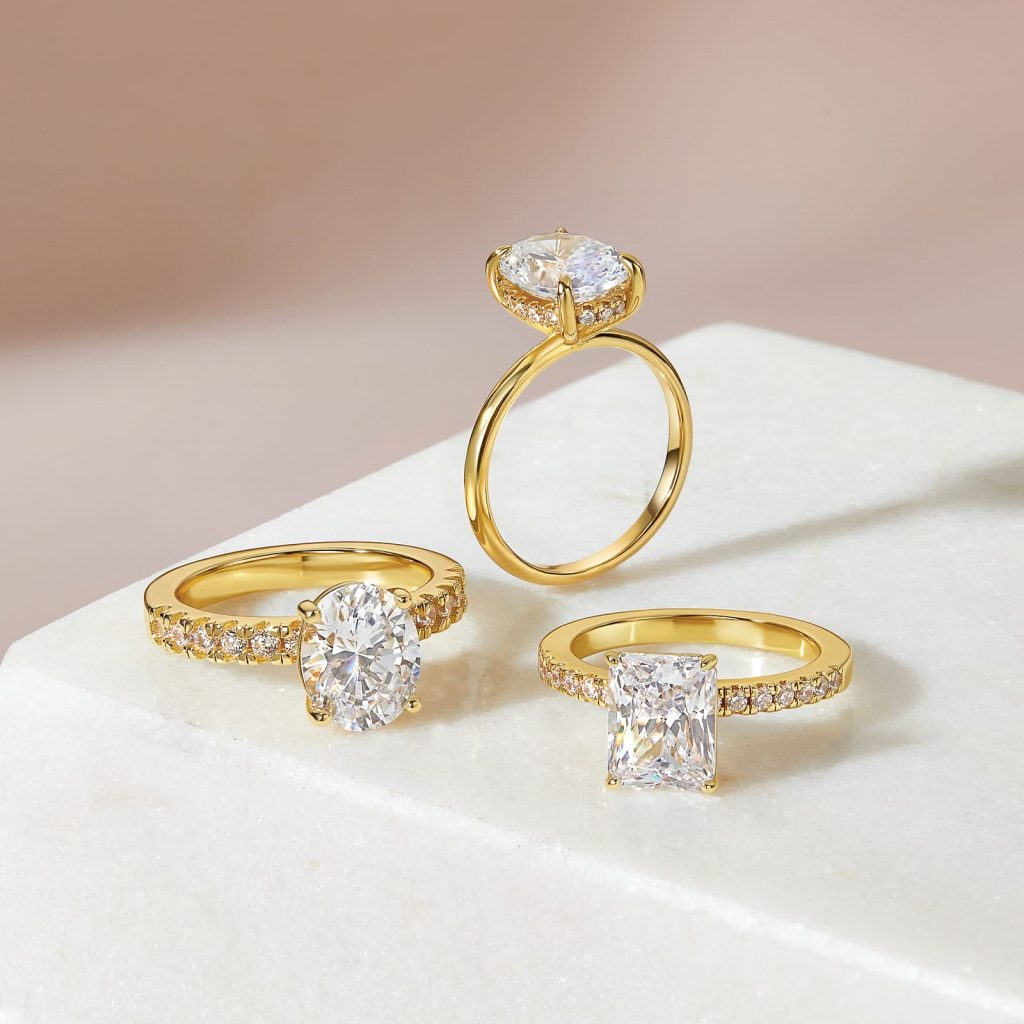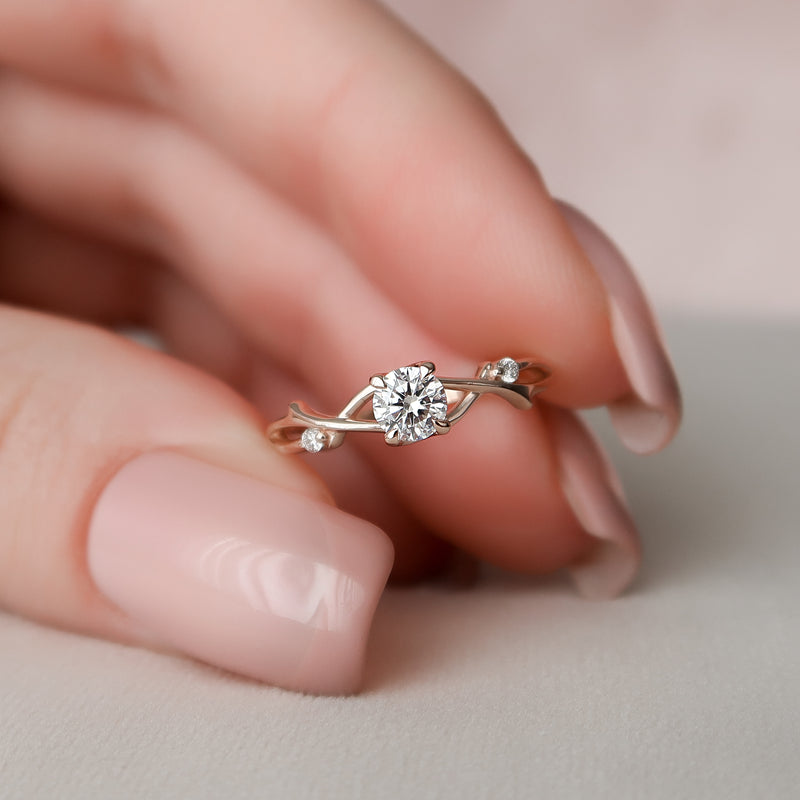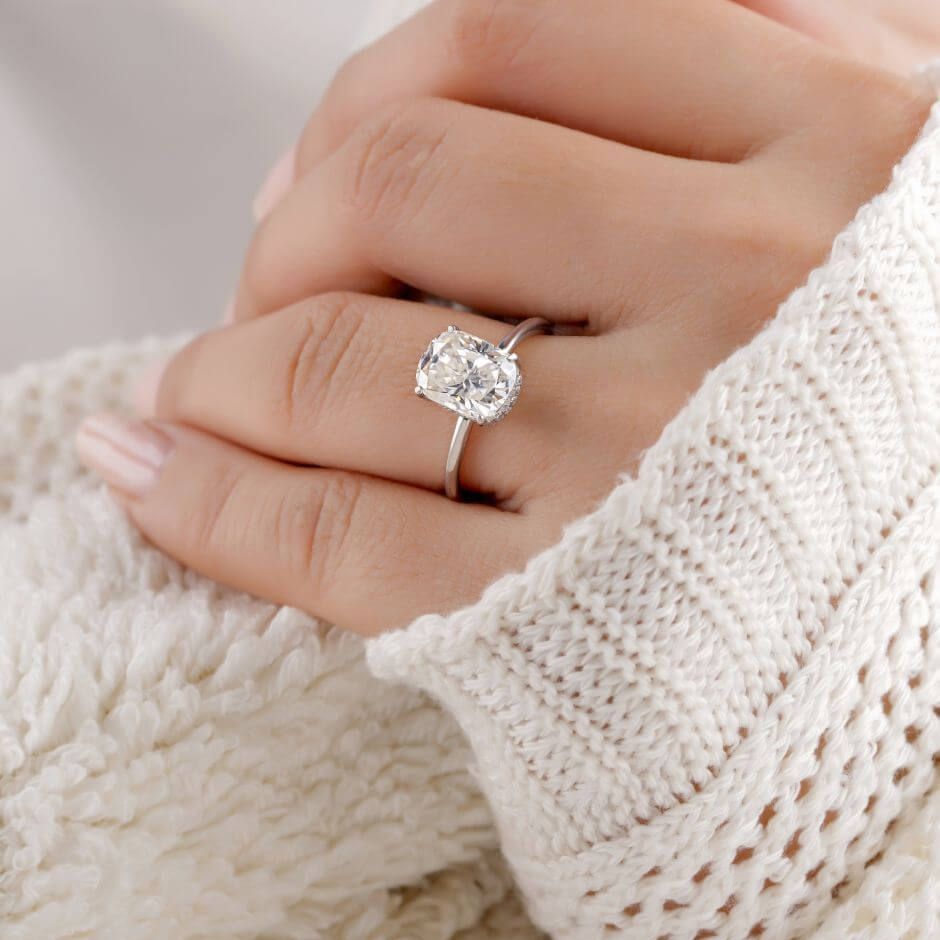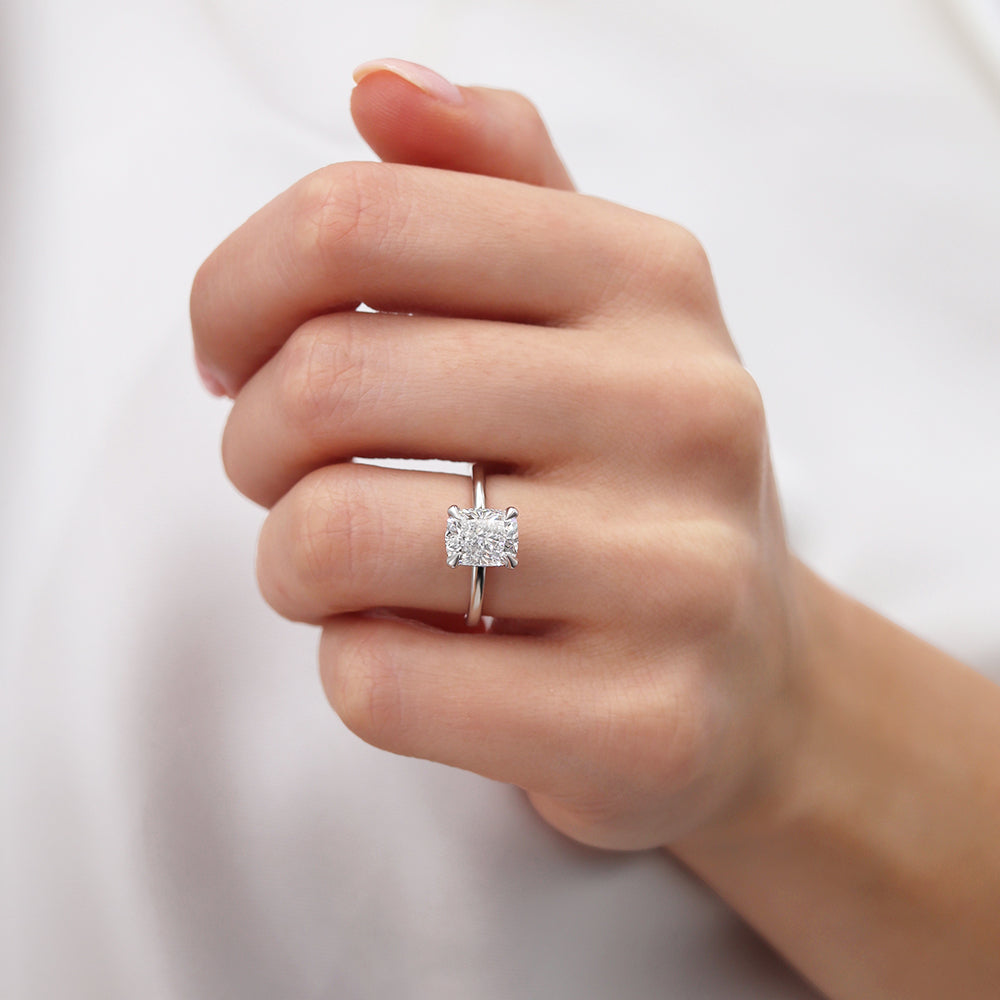In an increasingly connected world, home security has taken a turn towards more advanced and convenient solutions. One of the leading brands in this domain is Ring, well-known for its video doorbells and security cameras. how much is ring subscription? However, enhancing your security with Ring goes beyond just installing their devices. To unlock their full potential, subscribing to one of Ring’s service plans is highly recommended. This article dives deep into the costs and benefits of Ring subscriptions, making it easier for potential users to make informed decisions.
Understanding Ring’s Subscription Plans
how much is ring subscription?Ring provides several subscription plans to cater to varied user needs. Primarily, there are three tiers of plans: the Basic Plan, the Plus Plan, and the Protect Pro Plan. Each plan offers a different set of features and benefits, allowing users to choose according to their specific requirements.

The Basic Plan
costs $3 per month or $30 annually. It covers one Ring device and includes video recording for up to 60 days, snapshot capture, and professional monitoring in select jurisdictions. This plan is ideal for individuals or small households needing coverage for a single device.
The Plus Plan
costs $10 per month or $100 annually. It supports multiple Ring devices at a single location. This plan includes all the features of the Basic Plan and adds extended warranties for all devices and professional monitoring. It’s suitable for larger homes or those seeking more comprehensive coverage without breaking the bank.
The Protect Pro Plan
costs $20 per month or $200 annually. This is the most comprehensive plan Ring offers. It includes everything in the Plus Plan but adds features such as cellular backup for internet outages and around-the-clock monitoring. This plan is ideal for users seeking maximum protection and peace of mind.
Features and Benefits of Ring Subscriptions
how much is ring subscription? The cost of a Ring subscription is not just a fee but an investment in your home’s security infrastructure. Various features and benefits come bundled with these plans, making them more than just a series of connected devices.
Video Storage and Review:
All Ring subscription plans provide the ability to record and store video footage. This feature is crucial for reviewing any events that occur around your home, whether it’s a package delivery, a visitor, or a potential security threat.
Professional Monitoring:
Available in Plus and Protect Pro plans, this service ensures that your home is monitored 24/7 by security professionals. In case of an emergency, the monitoring center can dispatch emergency services to your location quickly, adding an extra layer of security.
Extended Warranty:
Devices covered under the Plus and Protect Pro plans come with extended warranties, offering users peace of mind that their investment is protected in the long run.

Comparing Costs and Savings
When considering a Ring subscription, it’s important to weigh the costs against the potential savings. Though the upfront payment might seem like an added expense, the benefits can outweigh the costs in several ways.
Firstly, having a Ring system can potentially lower your home insurance premiums. Some insurance providers offer discounts for homes equipped with professional security systems, including those with monitoring services.
Secondly, the deterrent effect of visible security measures like Ring cameras can prevent break-ins, which can save you from potential financial loss and emotional distress. The cost of replacing stolen property or repairing damage could far exceed the annual fee of a Ring subscription.
Is a Ring Subscription Worth It?
For many homeowners, the question isn’t about the cost but the value that a Ring subscription brings. The peace of mind that comes from knowing your home is being continuously monitored is invaluable. Additionally, the ability to access recorded footage and receive real-time alerts adds to the utility and convenience of the system.
That said, it’s also essential to evaluate your specific needs. A small apartment dweller may find the Basic Plan perfectly adequate, while a family in a larger home might benefit more from the Plus or Protect Pro plans.

The Role of Subscription in Home Security Evolution
Ring’s subscription model represents a significant shift in how home security systems operate. Traditional security systems often involved long-term contracts and hefty installation fees. Ring has revolutionized this by offering flexible, more affordable options that still provide comprehensive protection.
These subscription plans enable continuous software updates, keeping your devices up-to-date with the latest features and security patches. This dynamic approach ensures that the system evolves with emerging threats and technological advancements, offering a future-proof solution for homeowners.
Conclusion
Investing in a Ring subscription plan is essentially investing in enhanced security and peace of mind. The various tiers and their associated costs provide a range of options, allowing users to choose based on their specific needs and budget. From basic video recording to professional monitoring and extended warranties, Ring’s subscription plans offer substantial benefits that make them worth considering. As home security continues to evolve, Ring’s flexible, cost-effective solutions ensure that you can protect your home and loved ones without overwhelming financial commitments.
Ultimately, understanding the costs and benefits associated with Ring subscriptions allows you to make an informed decision, ensuring that your home security strategy is robust, effective, and tailored to your unique requirements.
The Tradition of Wedding Ring Placement
The tradition of wearing a wedding ring is steeped in history and varies widely across different cultures. In many Western countries, it is customary for wedding rings to be worn on the fourth finger of the left hand. The choice of this specific finger can be traced back to ancient Roman times. The Romans believed in the “vena amoris,” or the “vein of love,” a special vein running from the fourth finger of the left hand directly to the heart. This romantic notion has embedded itself in cultural practices, symbolizing the deep connection and eternal bond between spouses. By placing the wedding ring on this finger, couples are seen to be pledging their love and commitment in the sincerest, most heartfelt manner.
However, this is not a universal tradition. In many European countries, such as Germany, Norway, and Russia, wedding rings are often worn on the right hand. The reasons for this variation are tied to local customs, religious practices, and historical influences. For instance, in some Orthodox Christian traditions, the right hand is considered more significant for making oaths and vows, reflecting the sanctity and solemnity of the wedding commitment. This diversity in practice highlights how different cultures interpret the symbolic gesture of wearing a wedding ring, all while underscoring the global importance of this age-old tradition.
Modern Interpretations and Flexibility
In today’s globalized and increasingly individualistic society, the placement of a wedding ring has also become a matter of personal preference and convenience. While historical and cultural traditions still hold significant influence, many couples find themselves choosing the finger based on what feels most comfortable or meaningful to them. Some might opt to wear their wedding ring on the right hand due to left-handedness, ensuring the ring remains less prone to damage. Others might even wear their wedding ring on a chain around the neck, especially those whose professions might pose a risk to their hands, such as healthcare workers or mechanics.
Furthermore, for same-sex couples and those in non-traditional marriages, the symbolic placement of the wedding ring often becomes a unique expression of their relationship. They might choose which hand to wear their ring on based on mutual agreement, personal significance, or a blend of cultural practices. The growing acceptance of these diverse expressions reflects a broader societal shift towards recognizing and valuing individual stories and commitments. Ultimately, while traditions offer a beautiful backdrop, the modern interpretation of wedding ring placement empowers couples to define their symbols of love in ways that are most significant and meaningful to them.


